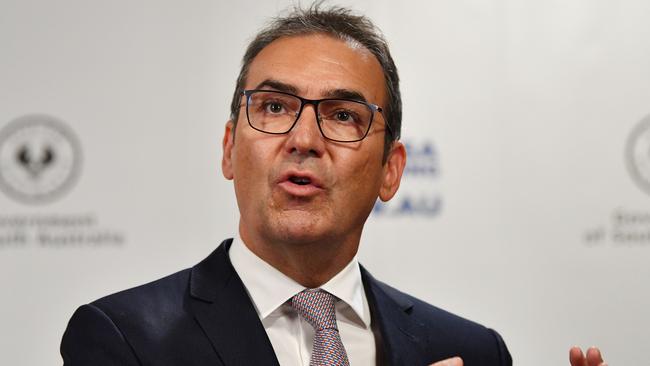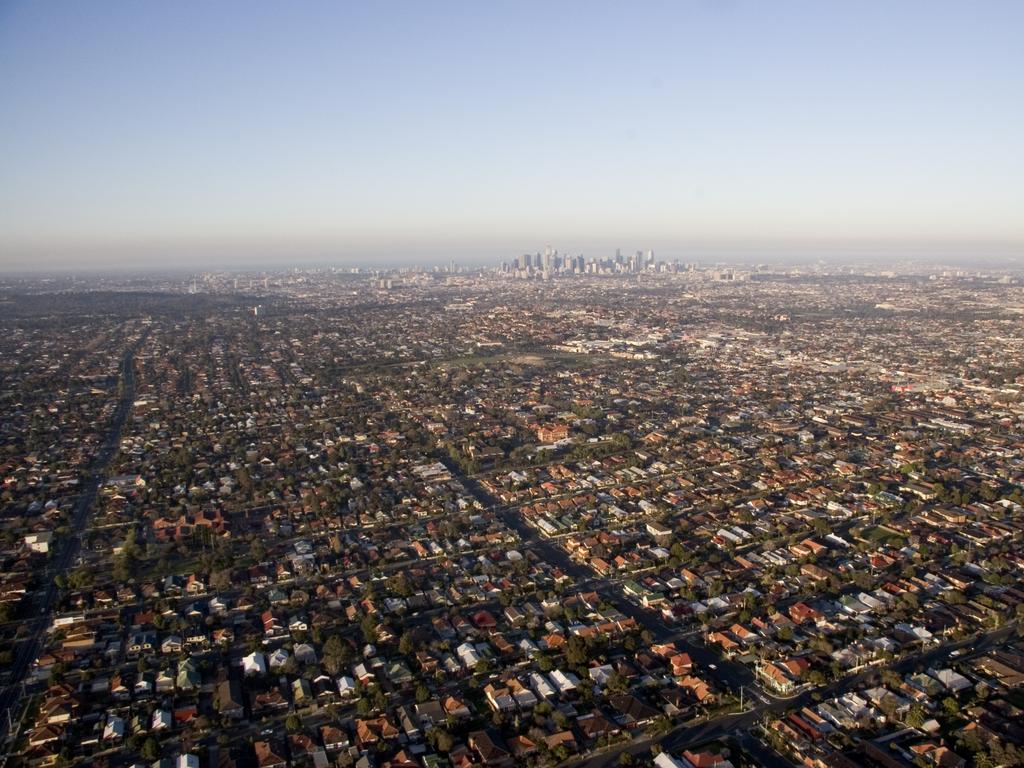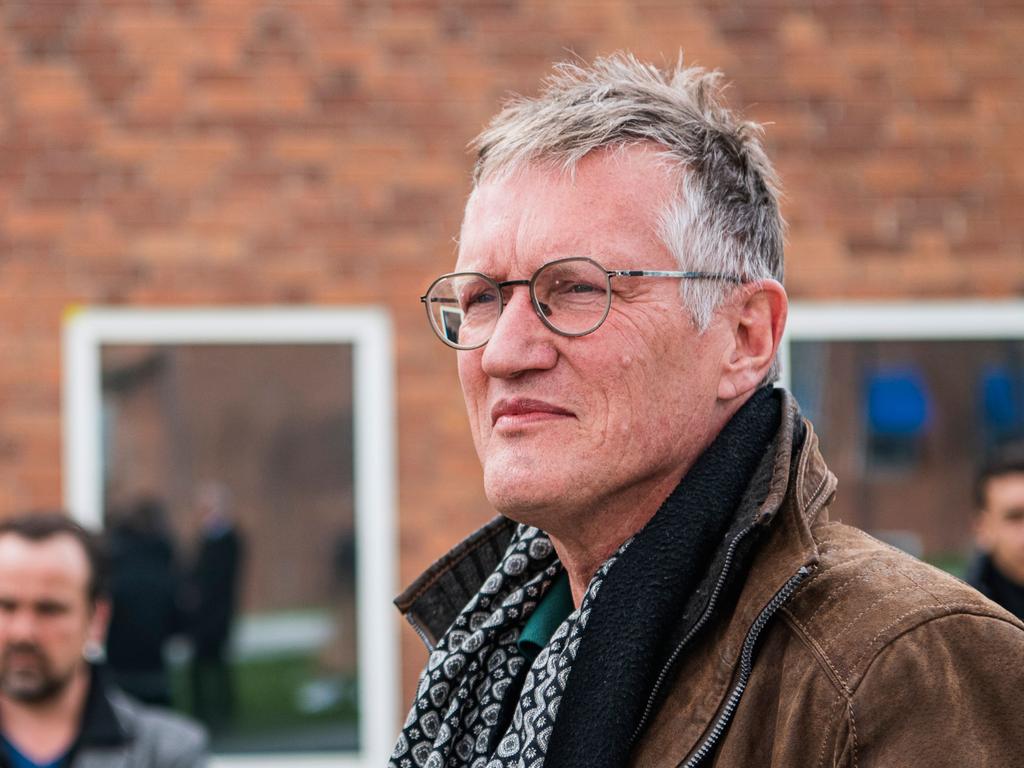Coronavirus: low-infection states show there is life after lockdown
Australia is being led out of lockdown by the low-infection states of South Australia and Western Australia.

Australia is being led out of lockdown by the low-infection states of South Australia and Western Australia amid growing confidence that the coronavirus cannot just be suppressed but eliminated.
With just seven active cases in South Australia and fewer than 20 in Western Australia, and consecutive days with no new infections, the two states are giving the eastern seaboard a sneak preview of the freedoms on the nation’s horizon.
The west has increased permitted gatherings from two people to 10 while South Australian playgrounds reopen on Monday with the state also poised to lift its ban on intrastate travel and encourage residents to stay in beach towns, wine regions and at their holiday homes.
South Australian Premier Steven Marshall lauded the national cabinet model and said the federal and state governments had chosen the right path by opting to suppress the virus. But he said the figures were so good that he believed it was realistic to talk about its elimination.
“The PM and the national cabinet considered which of the three major approaches we were going to have: eliminate, suppression or control,” Mr Marshall said. “We decided to go for suppression but the reality is some jurisdictions in Australia are already well on the way to elimination and SA is one of them.
“We have seven active cases. We haven’t had a confirmed case of community transmission since March 20. We know the epidemiological link of every other case in SA. With borders closed it’s hard to see how new cases can emerge.”
Mr Marshall said he was pleased South Australia was being vindicated with his “small-government” approach to managing the virus, but said it was only possible because South Australians had “done the right thing”.
“The good thing from my perspective is we have the lowest level restrictions and the highest level compliance,” he said.
“It’s at odds with what’s happening in other parts of the world where they have high level restrictions and are struggling to maintain civil obedience. The SA character is coming to the fore. We are practical, laid-back people we want to get on with things, we don’t want big government telling us what to do. South Australians are educated enough to make informed decisions guided by their government, rather than enforced by their government.”
Mr Marshall said testing had been the key to ensuring South Australia could consider freedoms still a way off in the more populous states. It had tested 19,500 residents who were not in the at-risk groups for COVID-19, and none had returned positive. “That gives us a high level of confidence that we don’t have community transmission, so the next question is where is the next case going to come from?” Mr Marshall said. “It’s not going to come from overseas because we have two-weeks supervised quarantine. It could come across the border but again we have very strong borders.”
Mr Marshall said he was heartened that SA had been able to reopen the Barossa Valley last week after containing its cluster, that winery cellar doors were again open for takeaways, and that the number of children back at school had soared from 60 per cent to 70 per cent in the first week of term two last week. “We are well on the way to moving our population as close back to normal as we can possibly get,” he said.
“We are mindful that we still have risks and that they have got to be managed. Nobody in SA wants the sawtooth approach where we lift restrictions only to have them imposed again in a few weeks time. But I think South Australians will be rewarded for the careful way that they have observed these restrictions.”
Mr Marshall said he didn’t want to pre-empt any announcements by Chief Medical Officer Nicola Spurrier, but he hoped for an imminent announcement on intrastate travel to boost the state’s battered tourism sector, pending talks with regional communities.








To join the conversation, please log in. Don't have an account? Register
Join the conversation, you are commenting as Logout